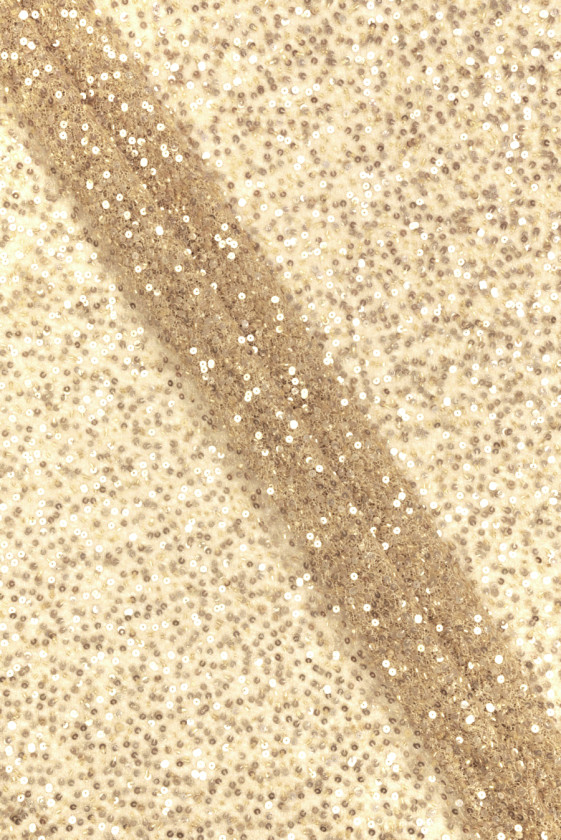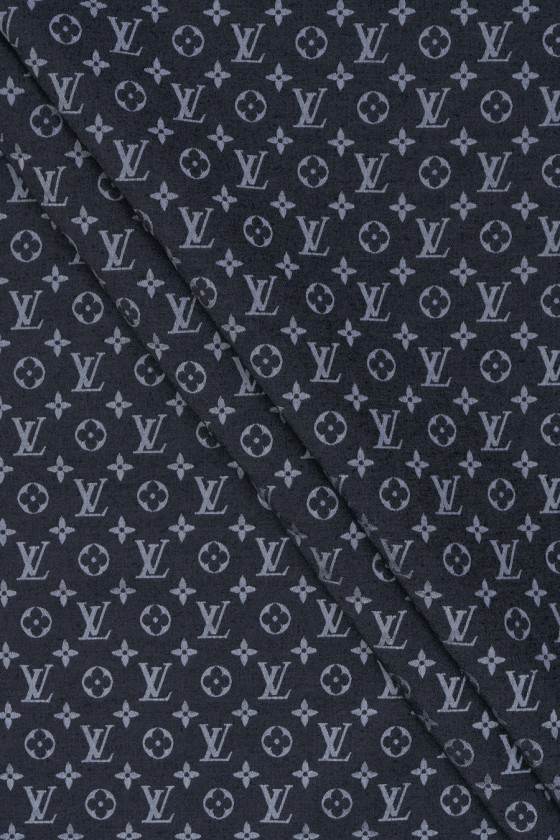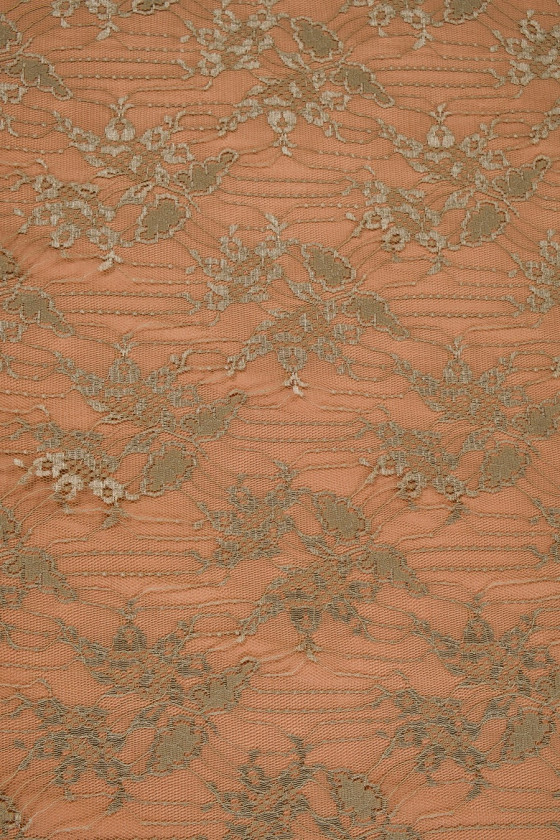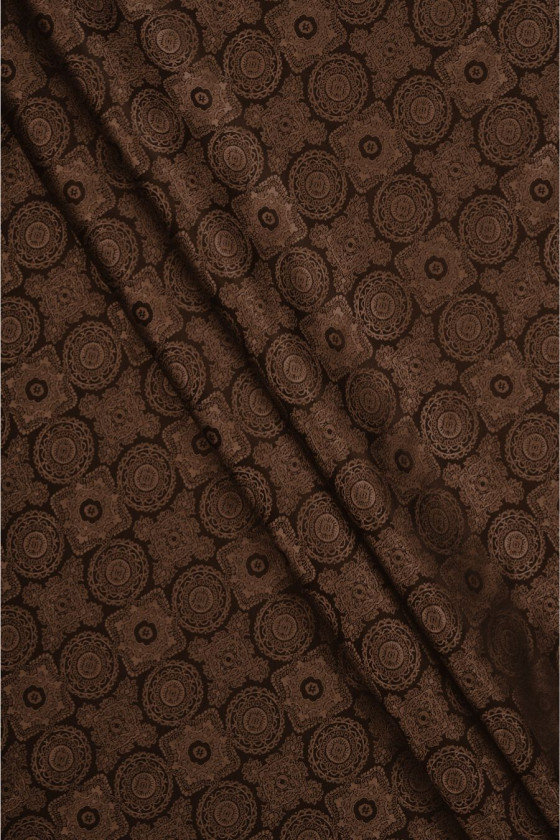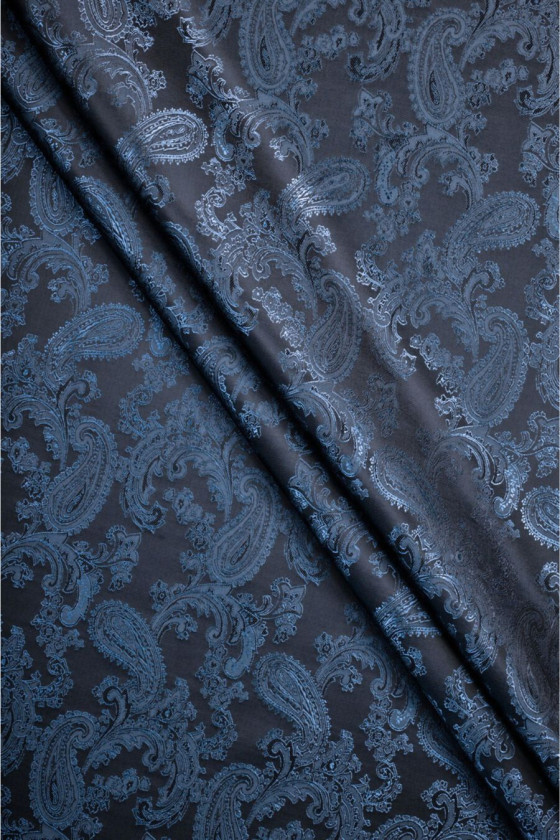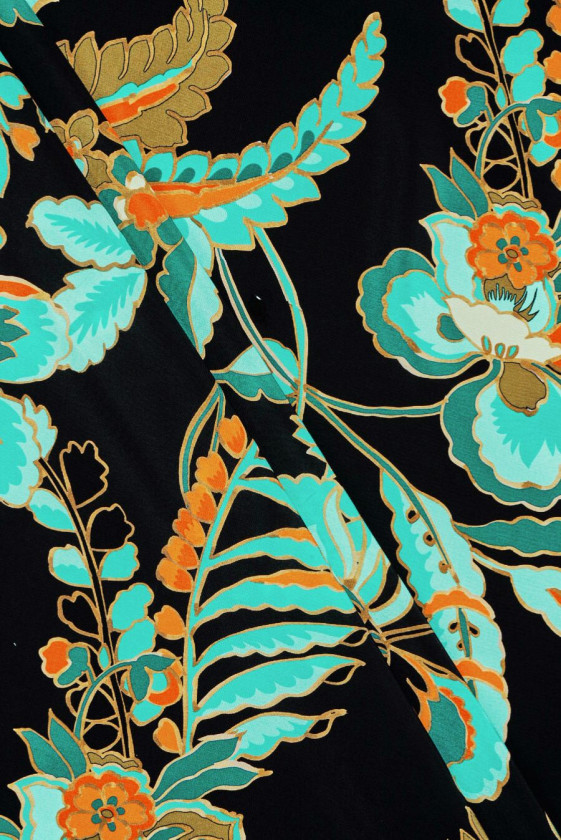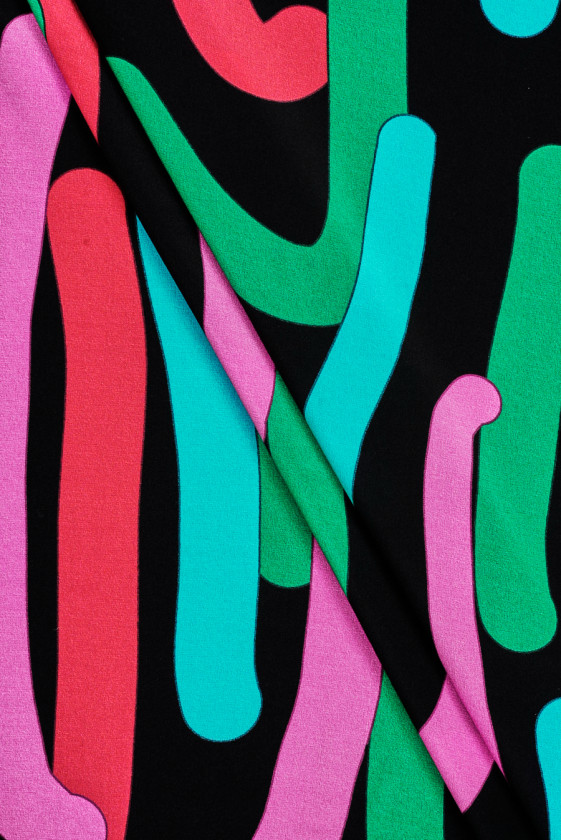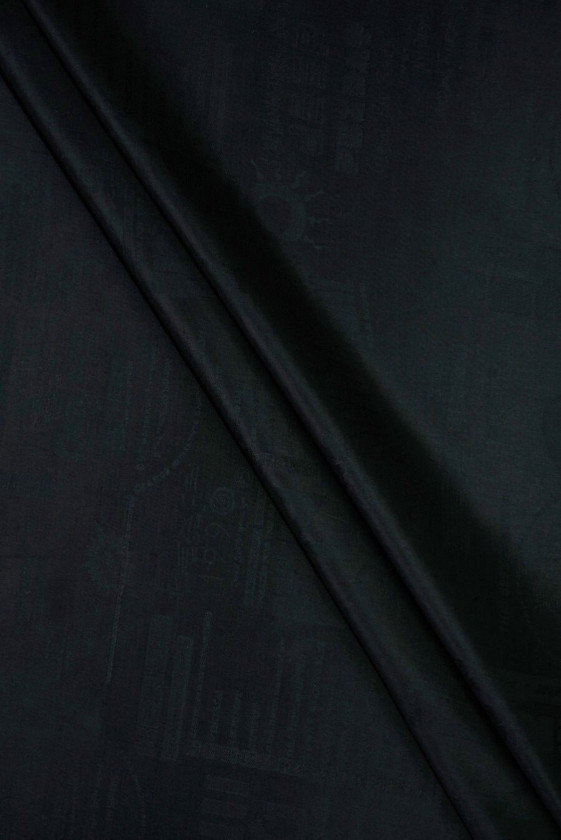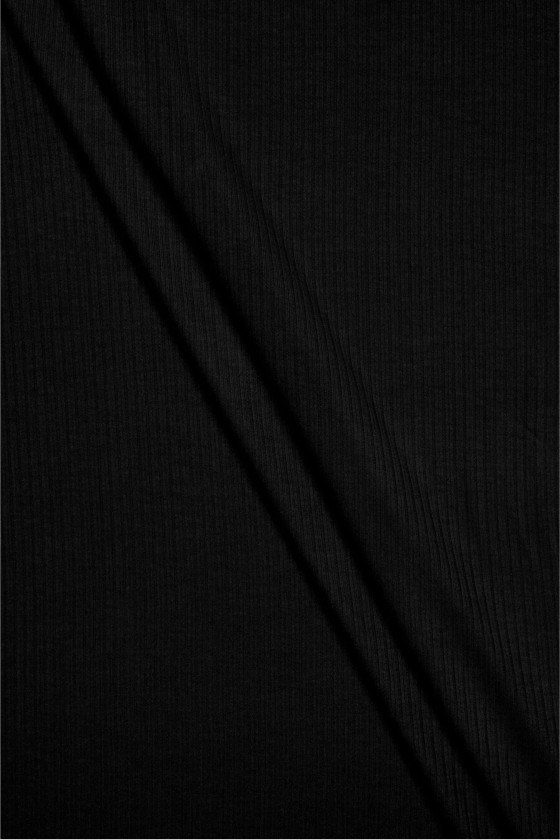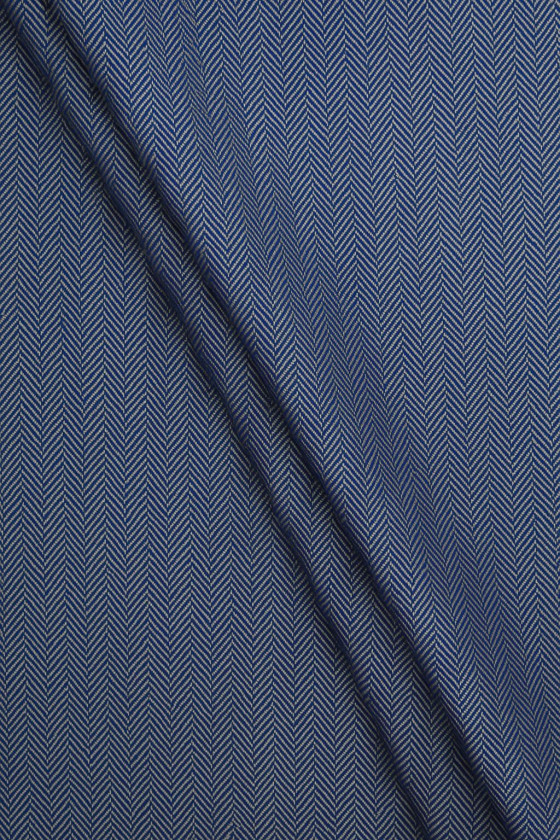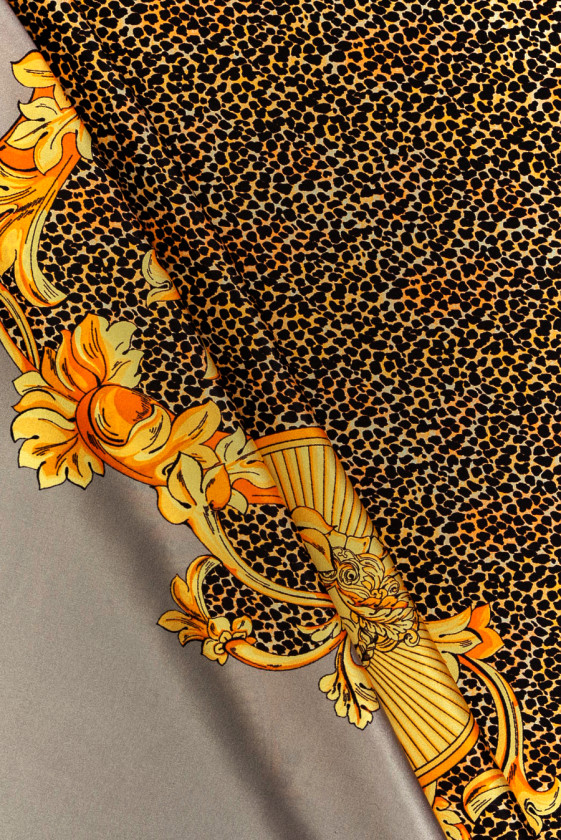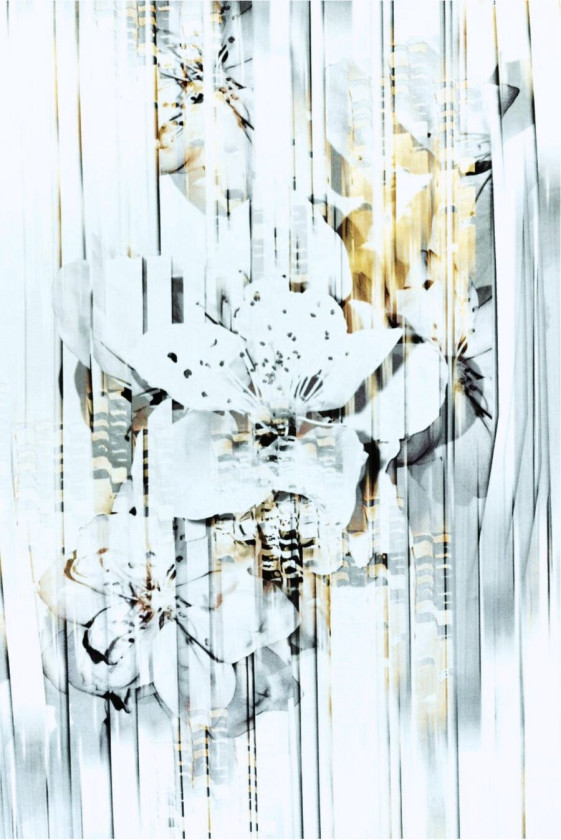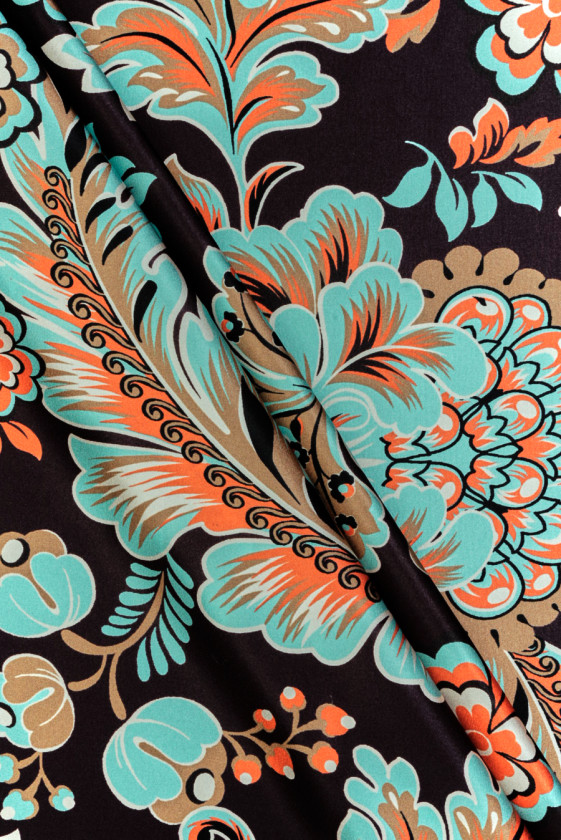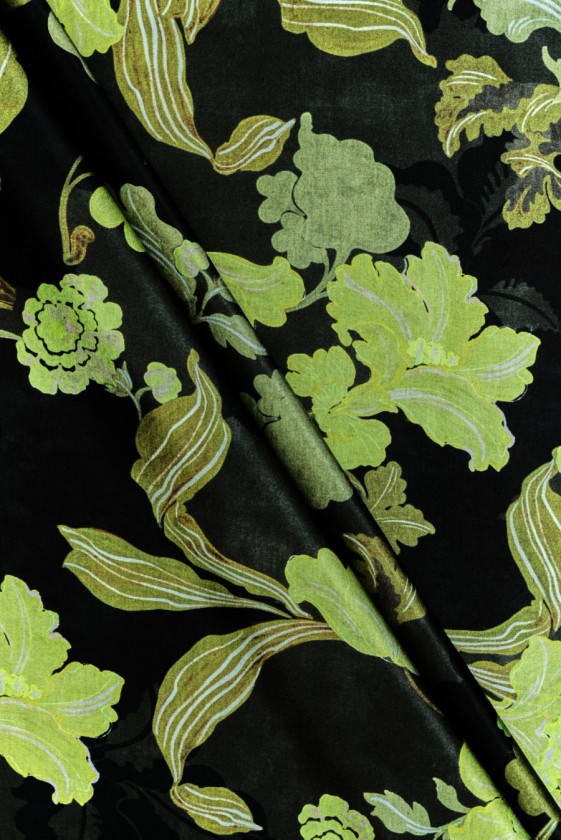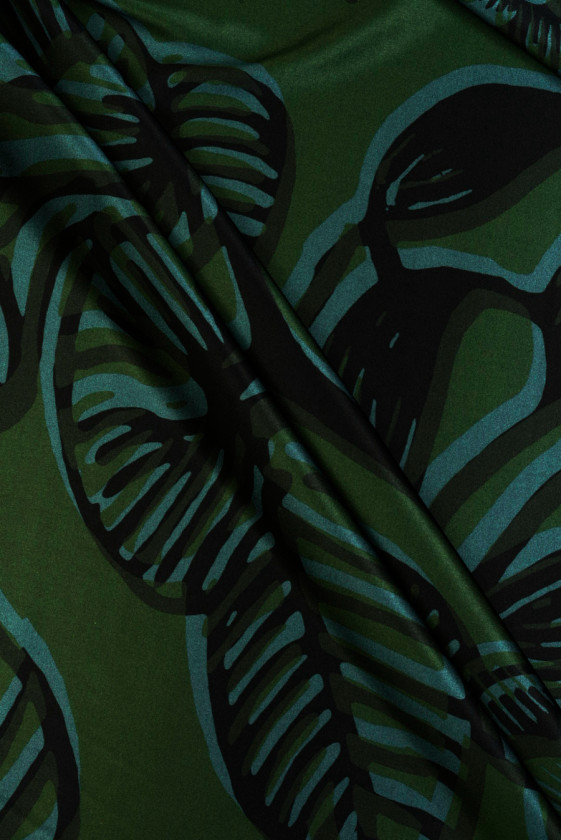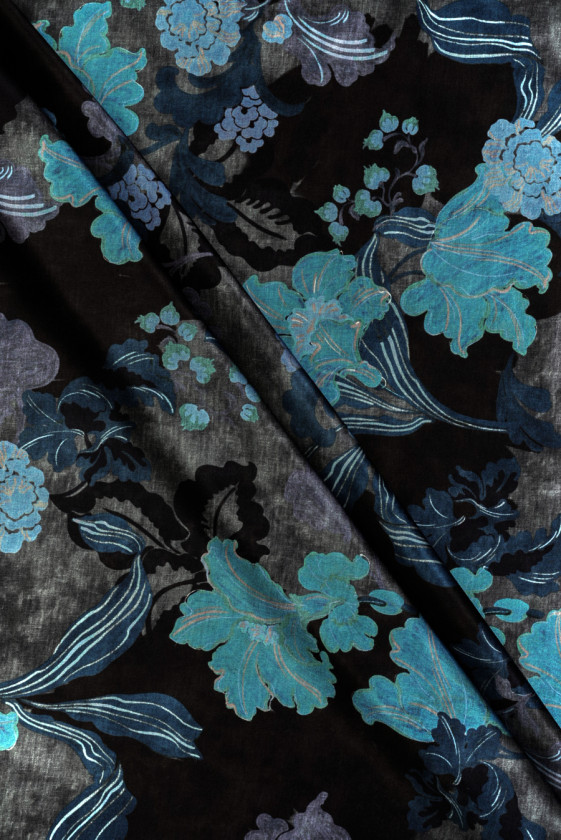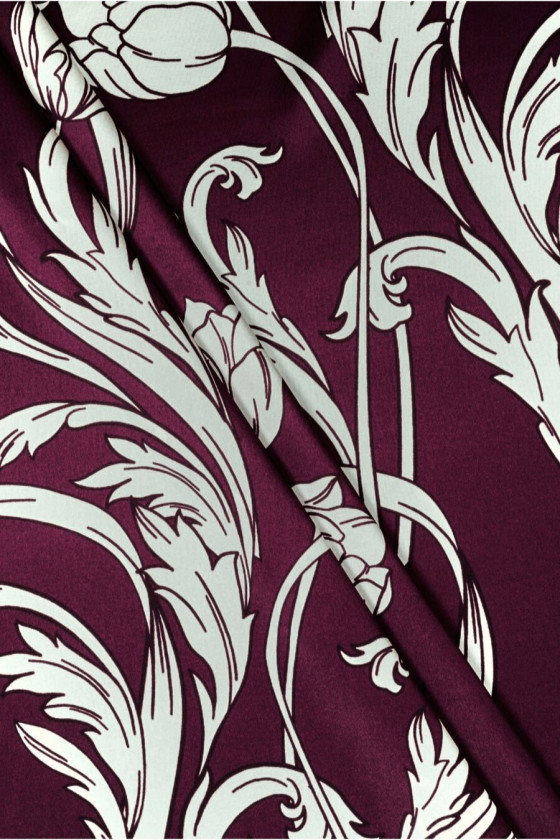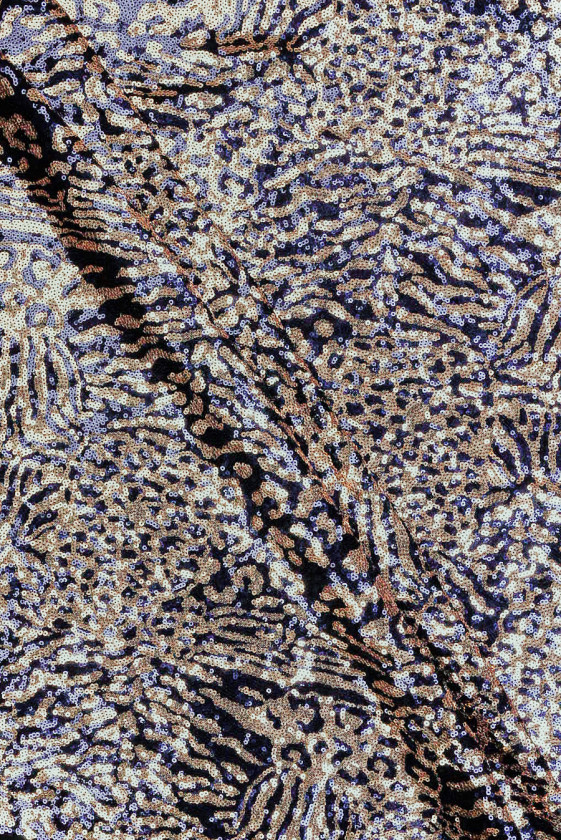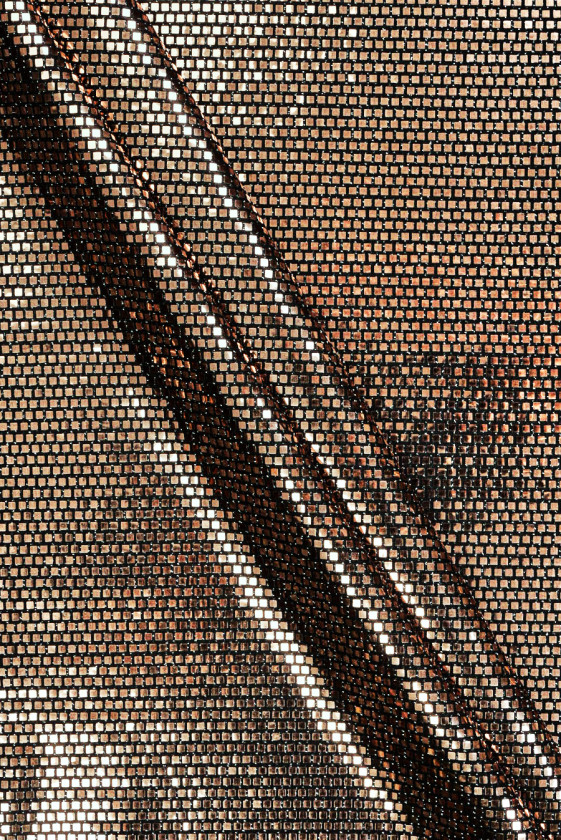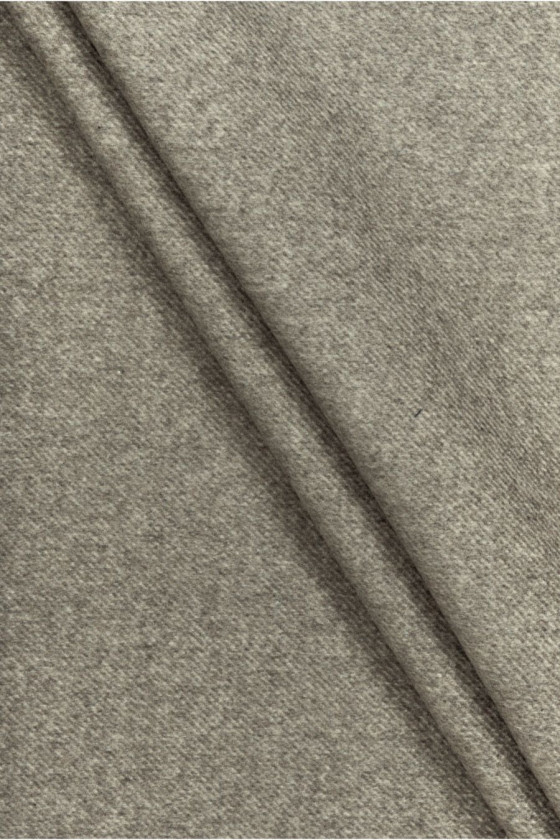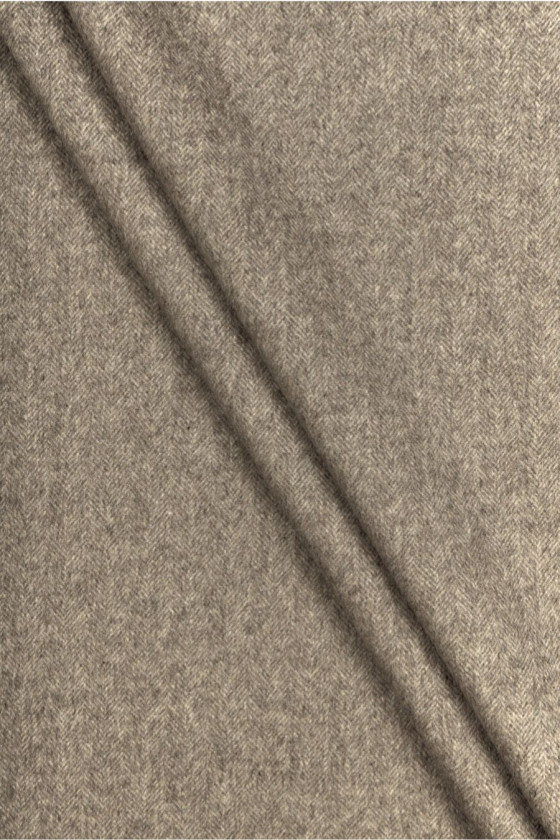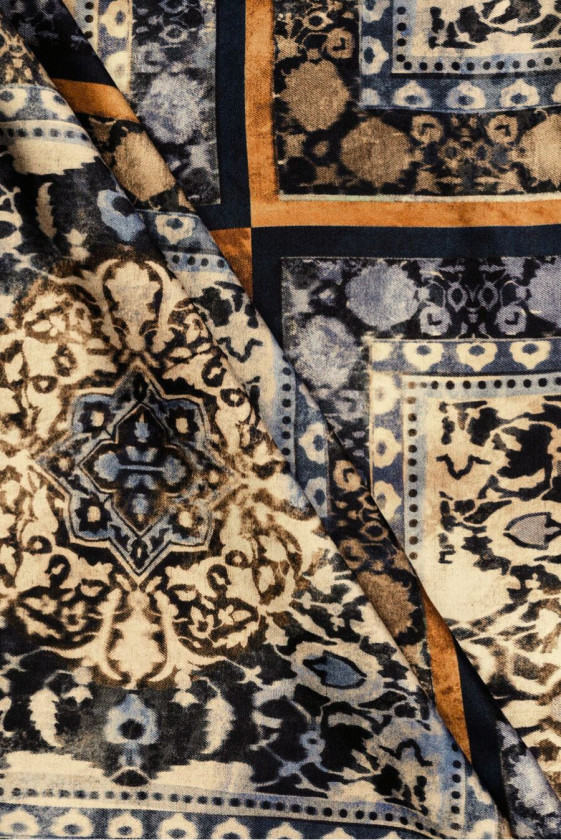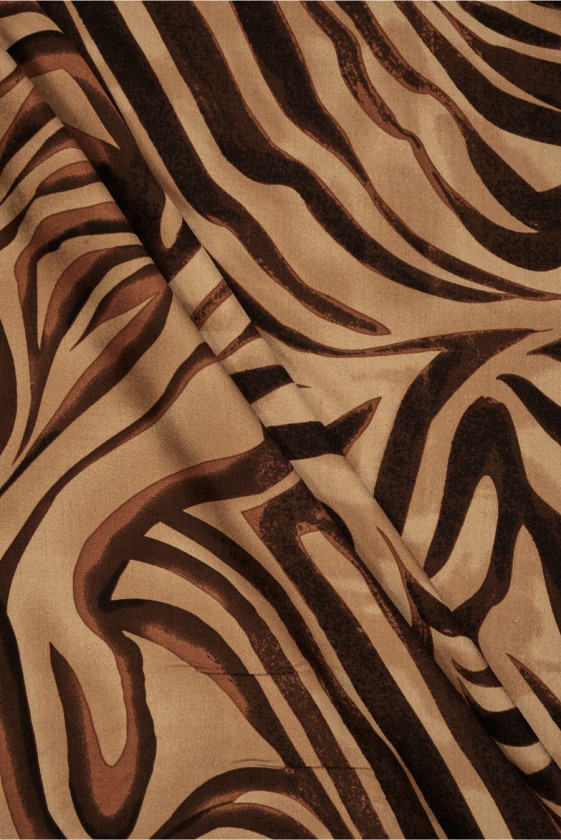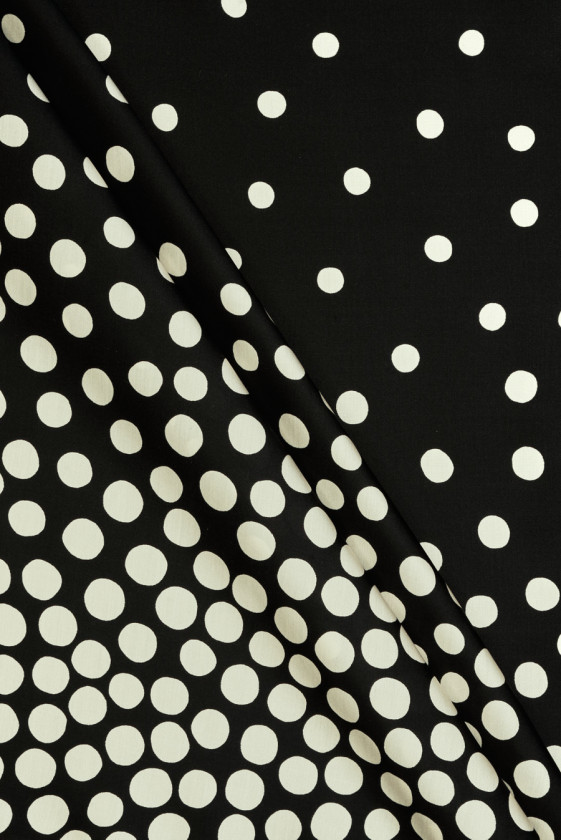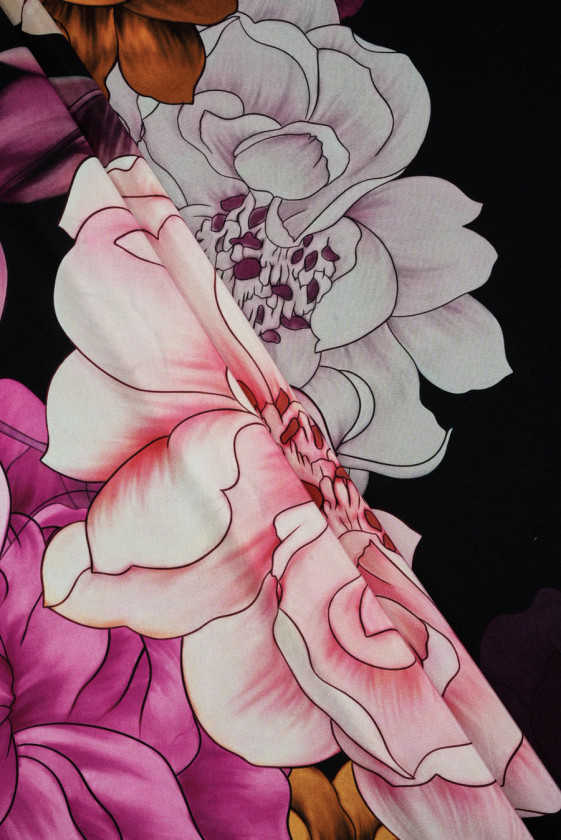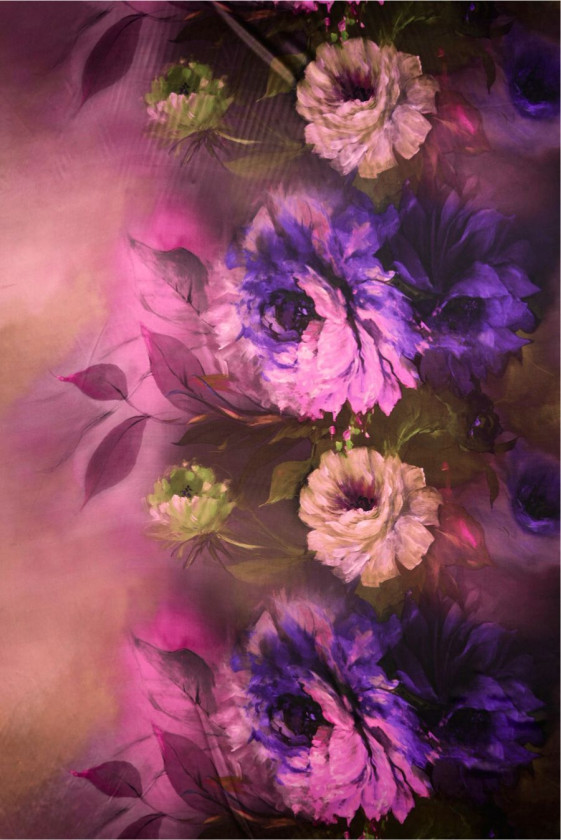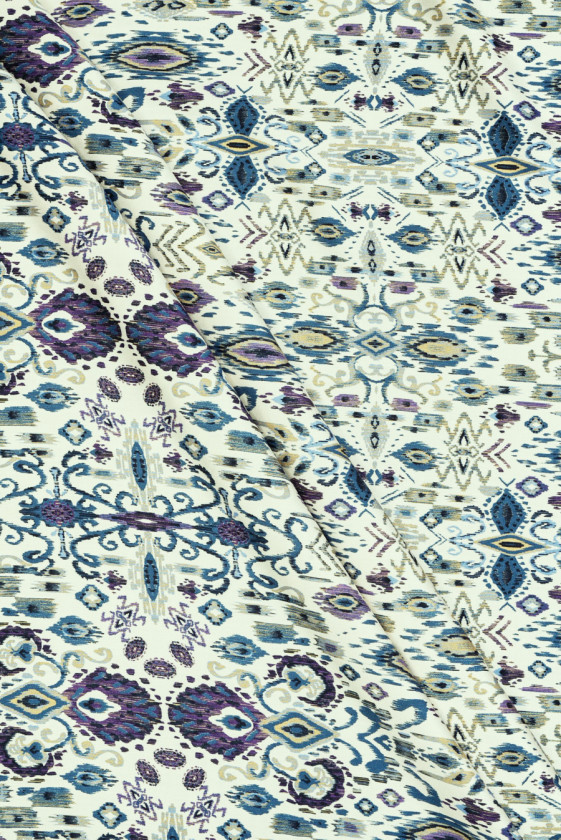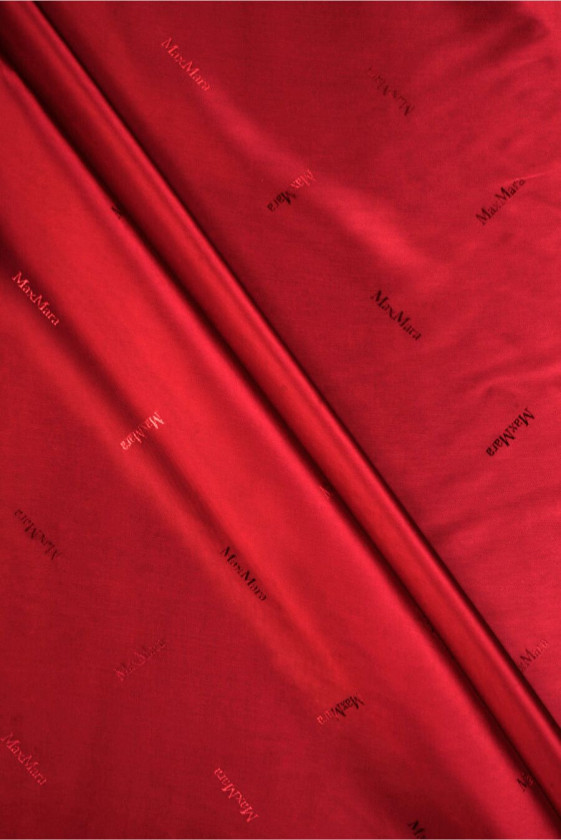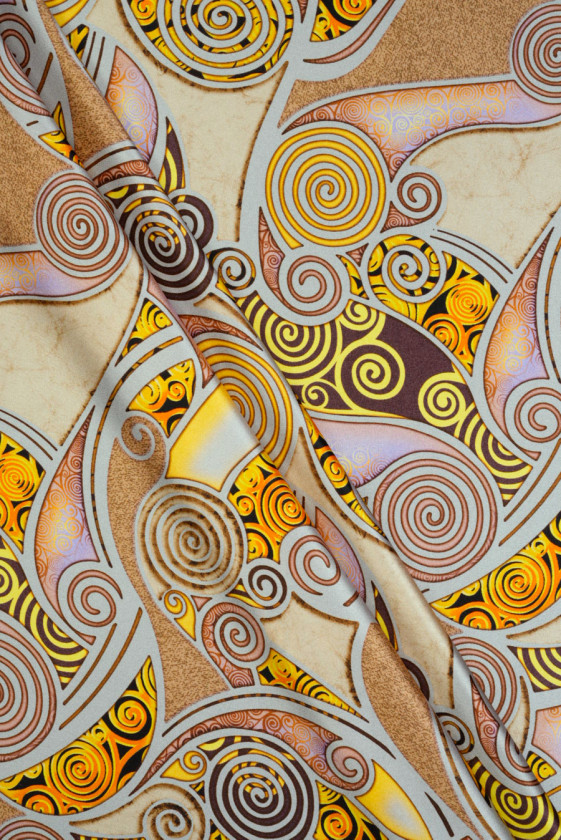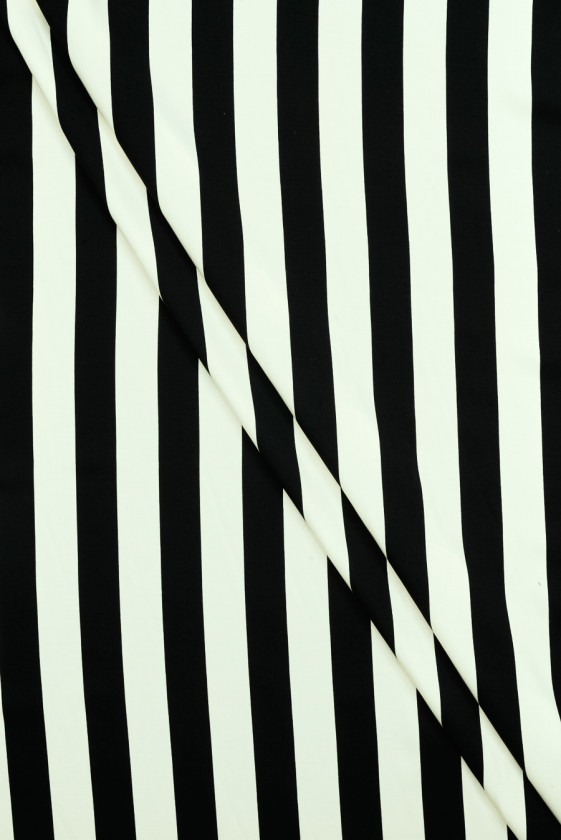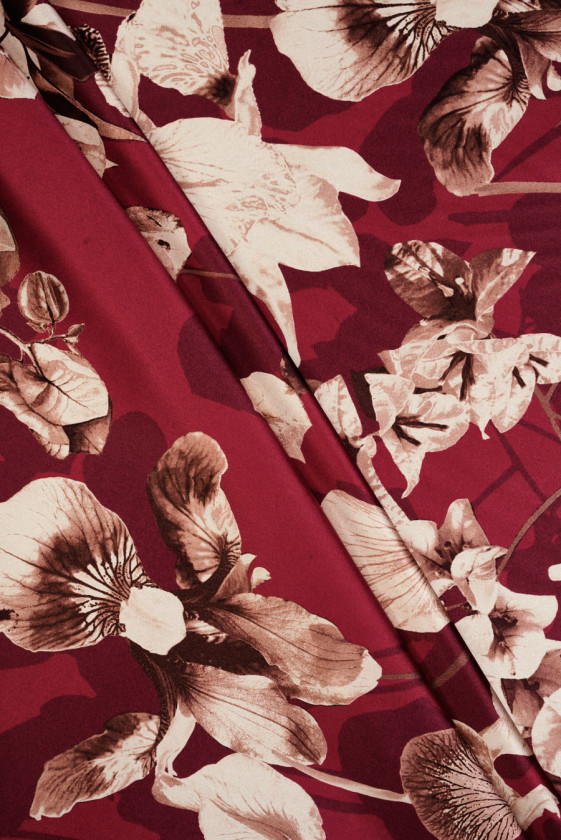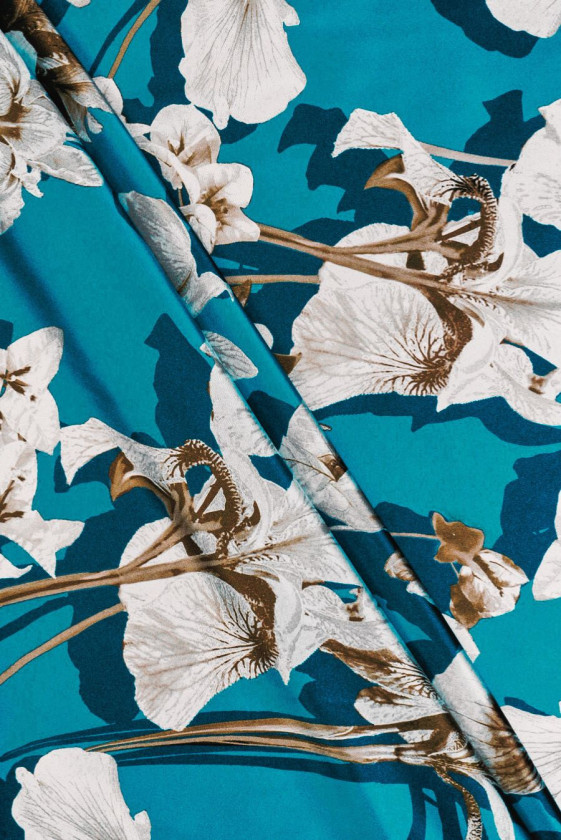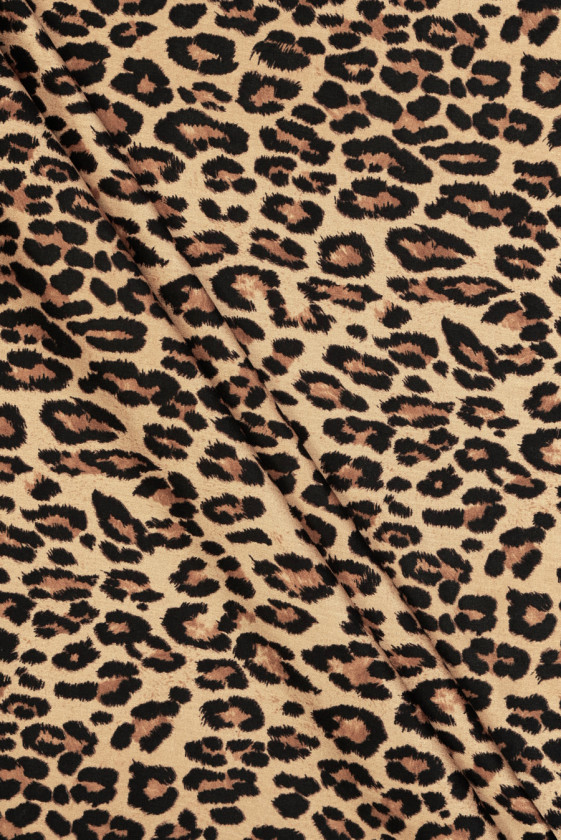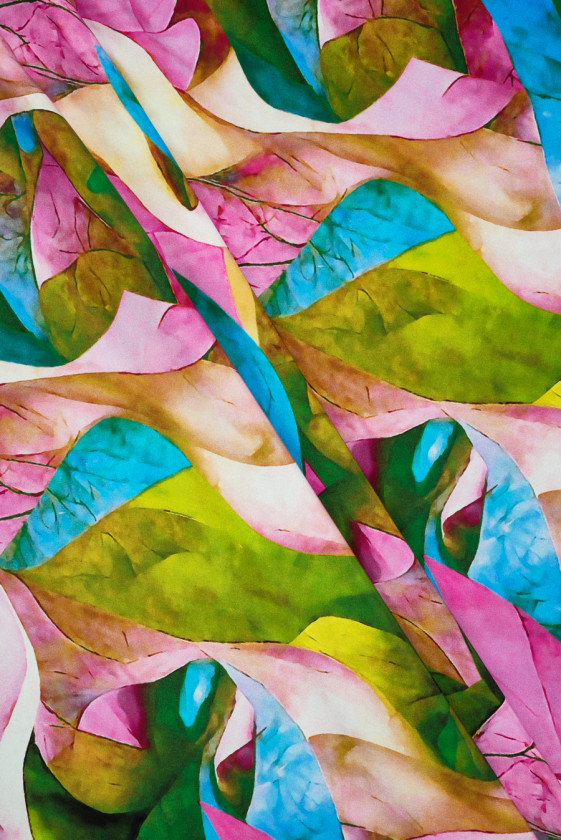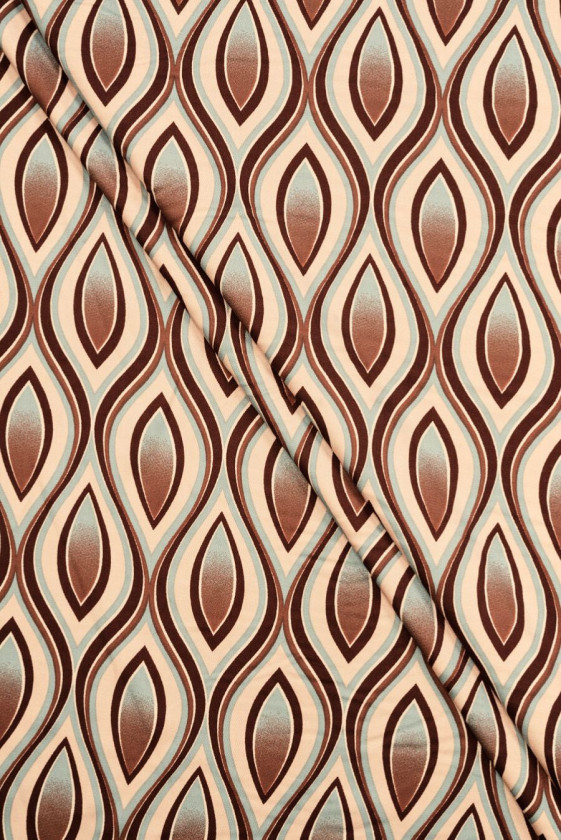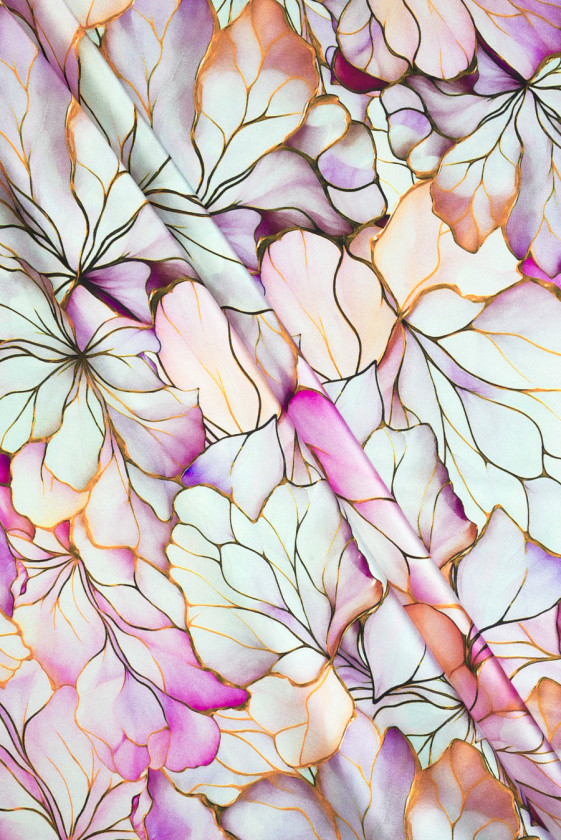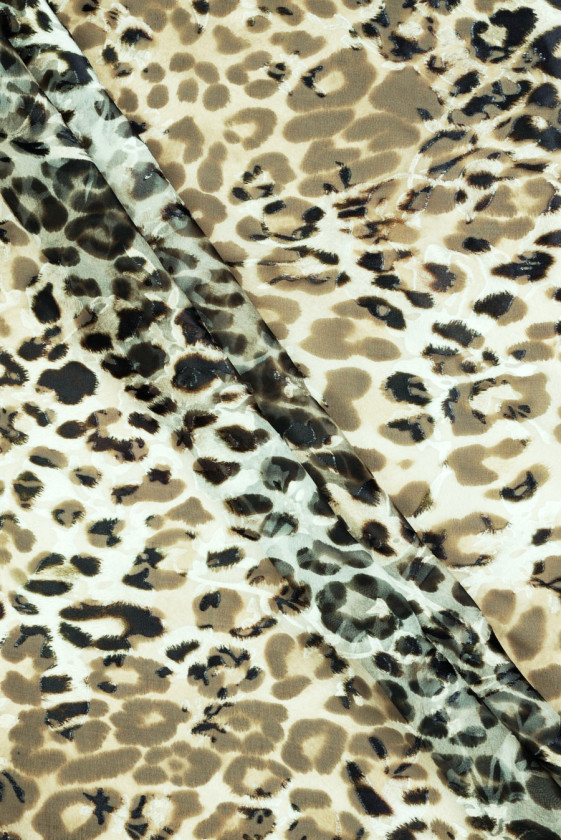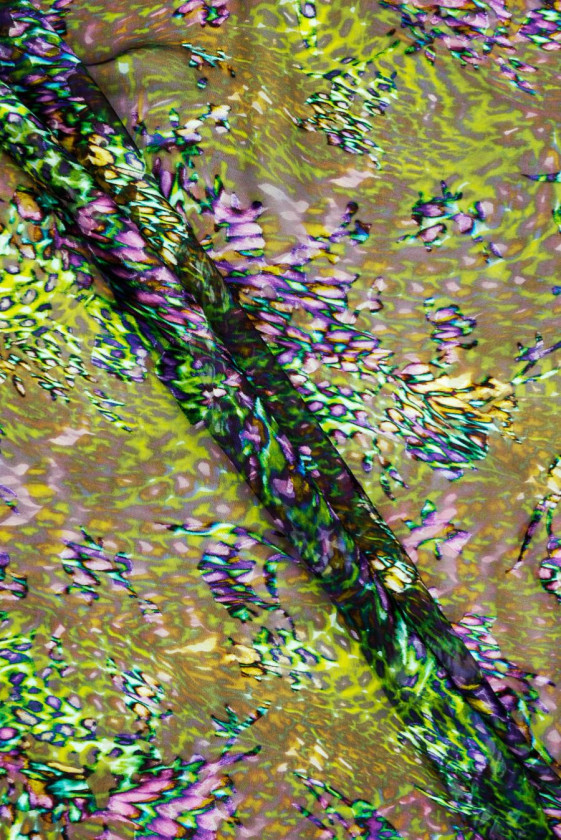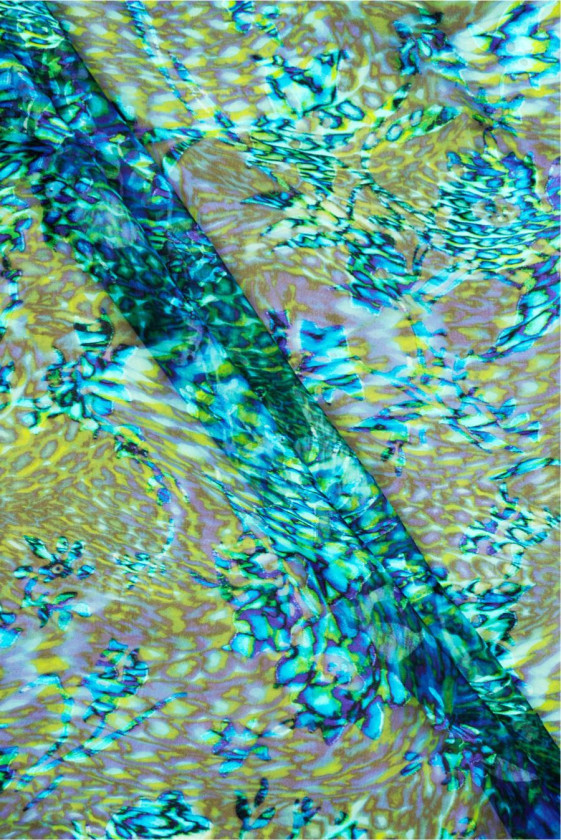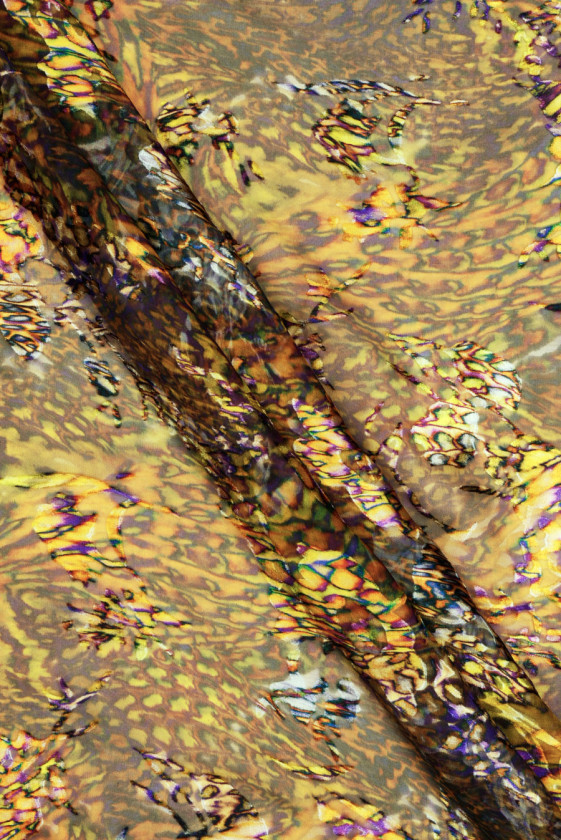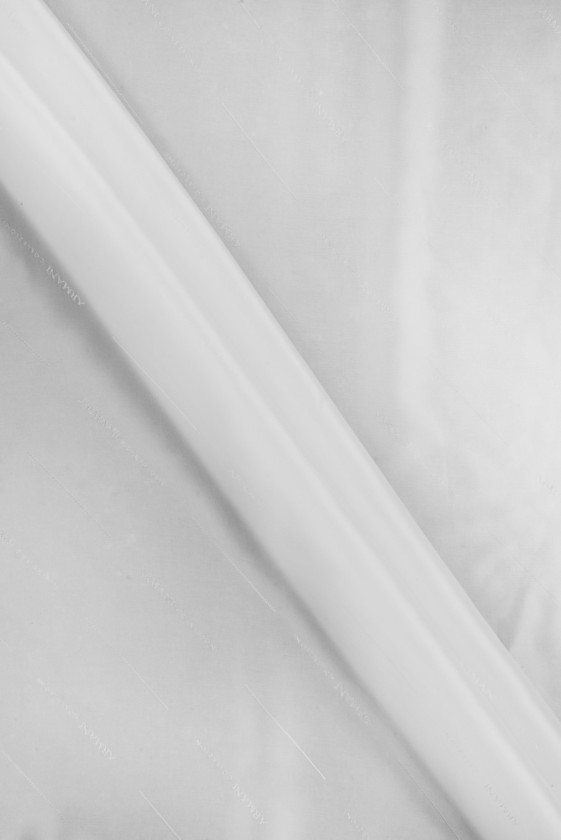- New products
-
Sale
-
- Velvet and Velour
- Sequins and Beads
- Cadi and Zorżetka
- Devore
- Ecoskin and Natural Leather
- Eco fur
- Exclusive
- Other fabrics
- Jeans and Corduroy
- Cashmere and Wool
- lace
- flax
- Lycra, New
- Tulle and Grid
- Chanel type
- Jacquard
- Smooth fabrics
- Patterned fabrics
- Fabrics in constant offer
- Signed
-
viscose
-
silk
-
Lining
-
knitwear
- Fabrics in constant offer
Wishlist
- No products
Patterned fabrics
Lace light olive narrow COUPON 250cm
Oriental jacquard lining
Crepe silk with flowers
Crepe silk colorful tubes
Signature lining black
Black striped knitted fabric
Silk Satin Green Flowers
Silk satin large vegetation
Silk satin turquoise flowers
Silk satin white tulips
Navy Gold Evening Sequins
Beige melange polywool
Brown melange polywool
Viscose oriental squares
Viscose brown patterns
Signature lining black
Signature red lining
Oriental silk satin
Silk satin in cherry iris
Silk satin with sea iris
Leopard Viscose
Silk satin in leaves
Viscose in tears
Silk satin with flowers
Leopard Viscose
Signature lining black
Signature lining white
It is hard to find a more feminine element of clothing than a dress. Perfect for both official and solemn occasions, as well as every day. Thanks to it, we do not have to worry about completing the wardrobe every day, because it creates the whole stylization, and changing accessories can change even a simple dress into an outfit perfect for an evening out.
The dress has been known since antiquity. It was then such a versatile and comfortable outfit that it was worn by both women and men. Over the next centuries, dresses were reserved exclusively for women, however, changing their form, depth of neckline or length.
From simple medieval dresses, through rich and heavy baroque dresses with obligatory corsets and frames, through light and airy dresses characteristic of the romantic era, to the 60s, when the mini dress entered the fashion, arousing great controversy, but at the same time making every length allowed from then on.
Fabric stores today offer us a huge selection of various fabrics and knitted fabrics from which we can sew any dress.
Patterned and plain dress fabrics, linen, silk, cotton, viscose, wool. The choice is practically unlimited and the fabric we decide on depends only on our taste and the type of dress, its cut and cut. Remember, I will say that not every material is suitable for a particular type of dress.
Fabrics for spring and summer dresses
Materials for dresses that we will wear in spring and summer should be light and airy. It is worth choosing fabrics of the "breathable" species to ensure comfort of wearing during high temperatures. It is also important to absorb moisture by them, thanks to which we will avoid chafing, abrasions or skin problems. Cotton is one of the best fabrics for summer. Breathable, soft and pleasant to the touch, it also has hypoallergenic properties. Patterned cotton fabric will work well for women's dresses as well as other items of clothing and clothing for babies and children.
Linen, thanks to its versatility, will work both as a material for dresses, shirts or shorts. The fabric conducts heat and moisture well and is environmentally friendly. It is best to choose 100% linen material, however, to prevent its excessive creasing, sometimes a small percentage of synthetic fibers is added to it. Linen in beige, white or khaki will work well for safari-style clothes. Patterned fabrics can be used when sewing holiday dresses and skirts.
Silk is the noblest material. For centuries, not only its beauty has been appreciated, but also its excellent properties. Despite its delicacy, it is extremely strong, perfectly absorbs moisture. Prevents the growth of bacteria. Silks occur both as patterned fabrics, often hand-painted, and smooth.
Viscose is next to cotton and polyester – the most popular material on the clothing market. Although it belongs to the group of artificial fibers, it comes from natural raw materials, more precisely from wood pulp. Viscose is a very airy material, perfectly absorbs and evaporates moisture, but does not stick to the body. Rich colors make these patterned fabrics find many supporters during the summer months.
Fabrics for autumn and winter dresses
Dresses are not reserved only for the warmer months of the year. They will successfully work as an element of autumn and winter wardrobe.
As with summer dresses, it is important to choose the right fabric for the dress. The material should, first of all, hold heat well and at the same time let air through. This will prevent excessive sweating, especially during sudden temperature changes, e.g. when we enter a warm bus, tram or shop from the cold.
Patterned cotton fabric, suede, velor or wool will work as materials for autumn-winter dresses, when many of us still want to look stylish and elegant, but without freezing at the same time. Cotton, which we have already written about with the best materials for spring and summer dresses, will work equally well in autumn and winter. This is a very versatile fabric. Durable, soft and pleasant to the skin, it can be a great alternative for people whose sensitive skin prevents them from wearing wool clothing.
Patterned cotton fabric will be a good material for dresses, sweatshirts or skirts. However, it will not work in the case of outerwear, because it absorbs moisture, which in the case of months with more rain and snow, can be considered a disadvantage.
Wool is the first fabric that comes to mind when we think about the autumn and winter season. It is a natural and warm material, which with its lightness is extremely durable. We can choose from classic wool, cashmere, mohair, merino wool or alpaca. When choosing a material for a dress, it is worth paying attention to what kind of fabric it is. He is responsible for the comfort of wearing it, how it will fit or how long it will serve us intact.
Patterned and smooth fabrics, thinner and airy for summer and thicker and fleshier for autumn and winter. The range of fabrics is so wide that certainly each of us will find something for themselves.
Write to us on WhatsApp!

